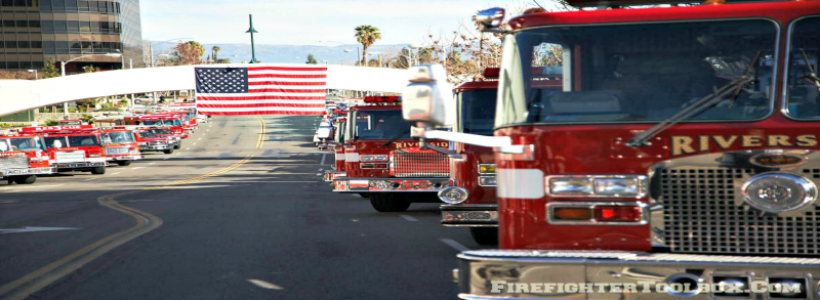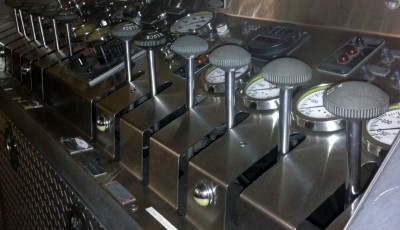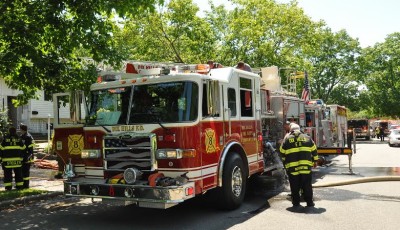2 Must-Do Tasks for the Engineer/Chauffeur
Ever come to work tired from a long day with the family, kids, and friends, just not motivated to do our job? As an engineer, chauffeur driver/operator, getting our unit ready for the tour is essential. It doesn’t matter how tired or unmotivated we are – our unit has to be ready at all times.
Being ready means checking our unit ourselves even if the other shift says everything is OK. It is no one’s responsibility but ours and we owe it to our officer and crew because they trust us to do our job. Even if we do ask someone else to conduct our checkouts, we will be taking responsibility for their mistakes. Thus, it’s always best to make sure we do it ourselves so we are held accountable only for our own actions.
One thing that can get in the way of doing our job effectively is becoming lazy and complacent. The ability to overcome this is what separates a great driver/operator from an average one. To keep ourselves from becoming lazy, there are a couple of things we must ask as an engineer or driver/operator:
- Do we want to sacrifice the safety of our crew today by taking a shortcut?
- Do we want to take on all the legal responsibility of not doing our job ourselves?
So how can we, in practice, challenge this behavior? Here are two tasks we can conduct regularly.
#1 – Start Tour & Get the Brief
Come to work with a positive mindset and start the tour. While we’re making the rounds, we need to obtain important information from the engineer at shift change. It will help us identify areas that will require additional attention during our checkout. Some questions we need to ask at shift change are:
- How many runs did they have?
- Did they have a fire or go to drill?
- What equipment was used and did they encounter any issues with the unit?
Once we receive that information, we need to do a quick in-case-of-an-early-call check of four important items: fuel, water, equipment and emergency lights. This has to be done as soon as possible as we can get a call anytime – at shift change or any time before completing a top-to-bottom checkout. By doing this we ensure our basic response needs are covered.
How to Conduct a Check for Fuel, Water, Equipment & Emergency Lights
Start in the cab; check that our fuel levels and emergency lights are good so we can respond and arrive safely. Proceed to do a walk around the unit, checking to ensure we have water in the tank and that all equipment is accounted for and secured.
Now, this doesn’t replace your ‘complete’ checkout. If we do not get a call, we move on to a complete unit checkout.
#2 – Complete Tour & Do an Apparatus Review
Continue to complete a thorough checkout of our unit. Every engineer/driver operator has their own special way of checking their unit and no one way is better than the other. However, the most important thing to remember is to have a systematic approach. Keep it the same way each and every day so that nothing is missed.
What is a Systematic Approach to Checkouts?
A systematic approach is made up of very simple steps that cover everything. The method is done in such a way that if our checkout gets interrupted by a call, we can know where to begin again.
Keep in mind that for our unit to be checked out properly, every item on our unit has to be seen or touched. By simply using our five senses, we should be able to tell if something is wrong as engineers. Using this approach will ensure that we have done our due diligence, checked everything and have addressed the crews’ safety by knowing our unit is in a state of readiness.
By having a systematic approach that begins by getting starting the tour, getting the brief and conducting a quick search, we will know that we have put safety first and are ready for our tour of duty.
Photo credit: Christian Adams








great stuff! Thx!
You are very welcome